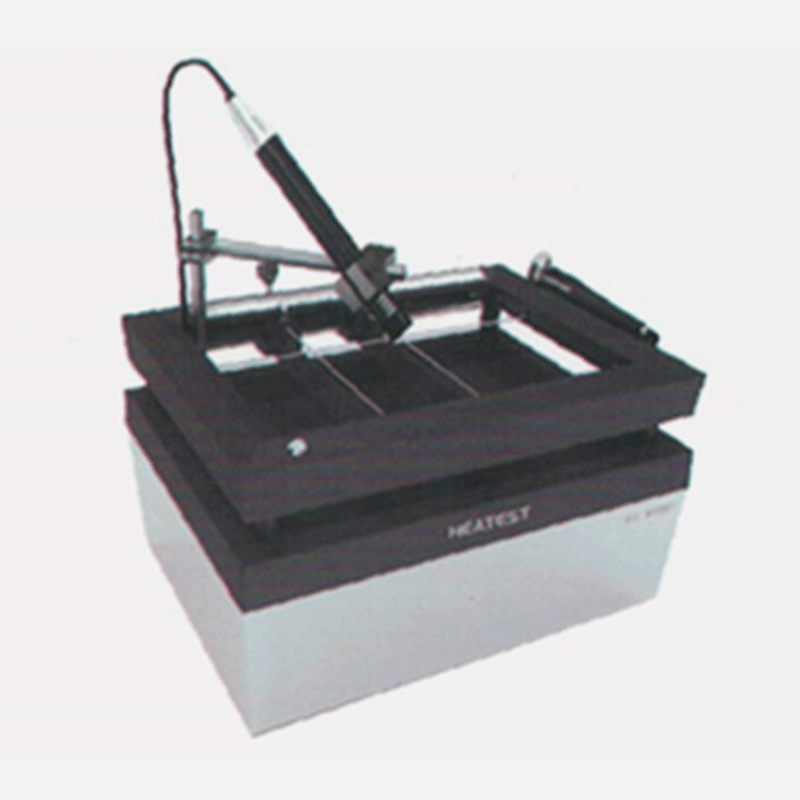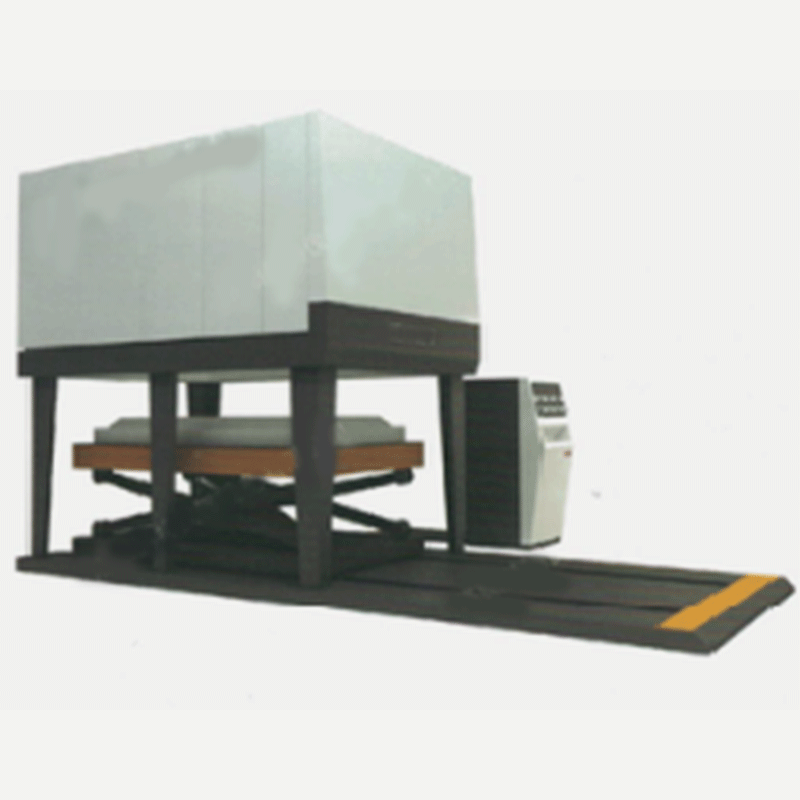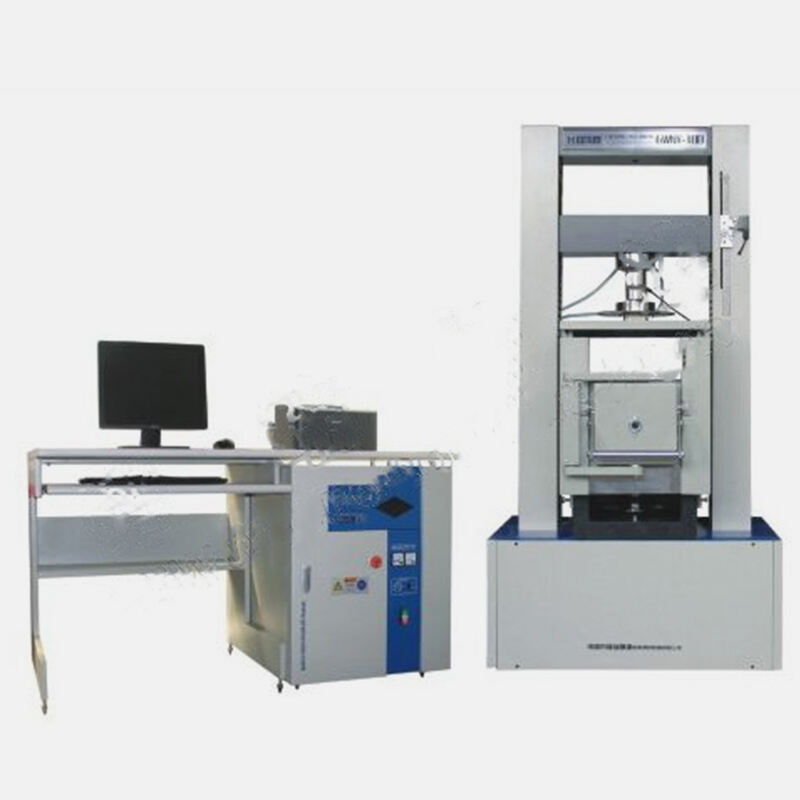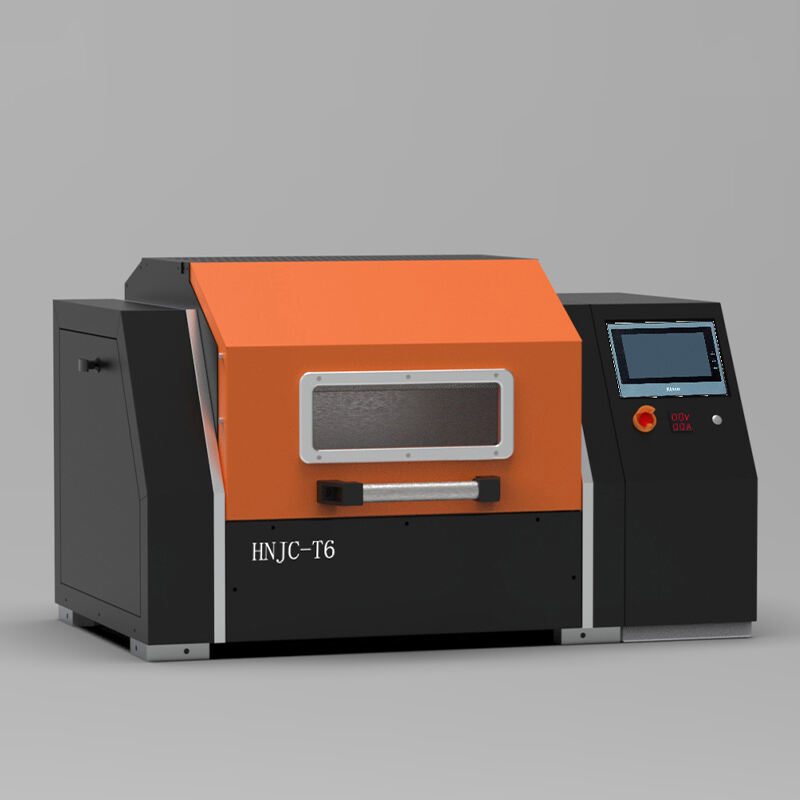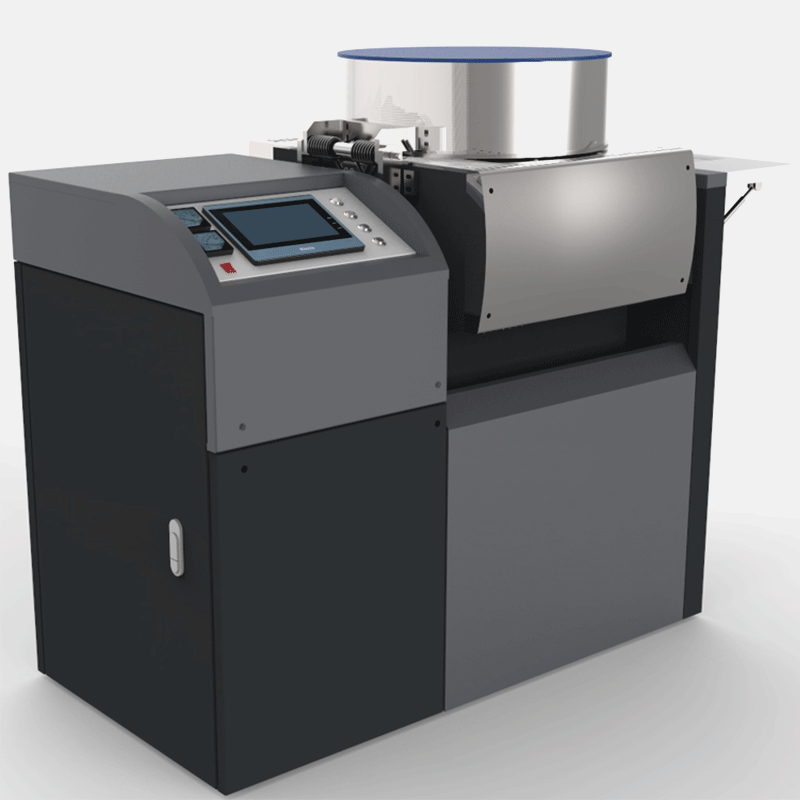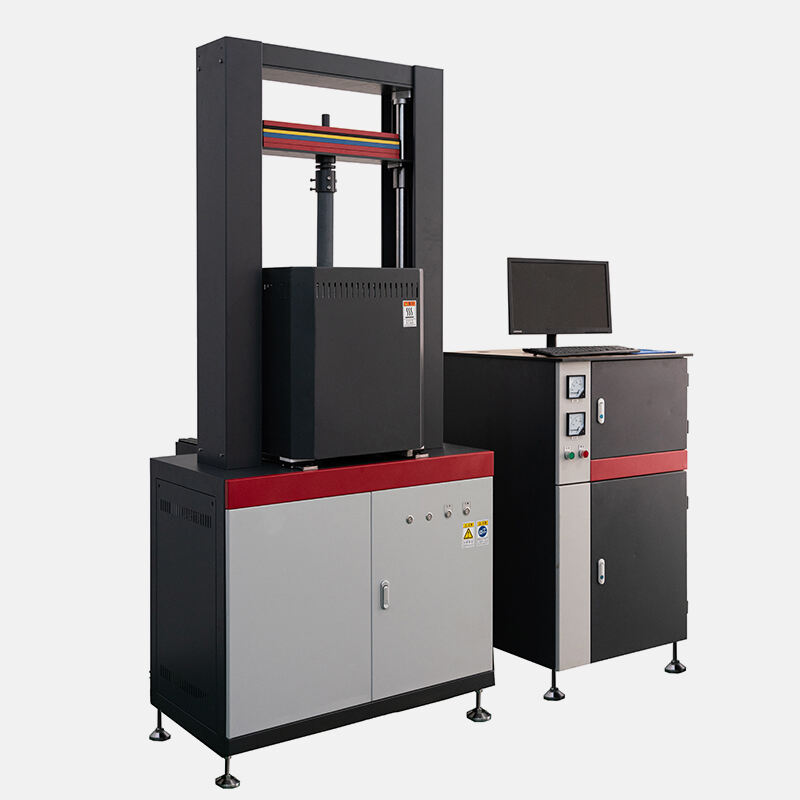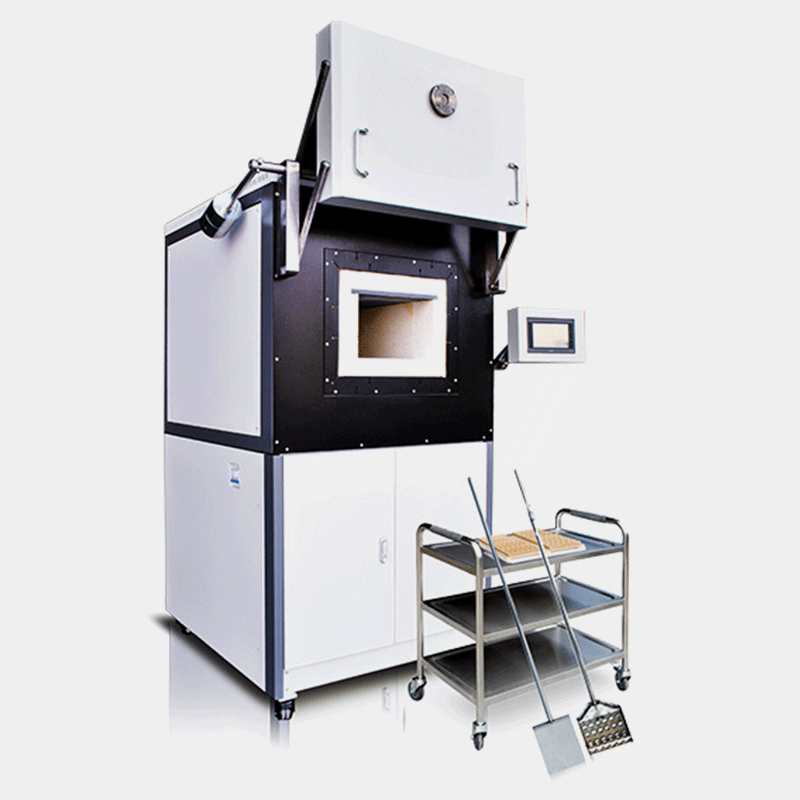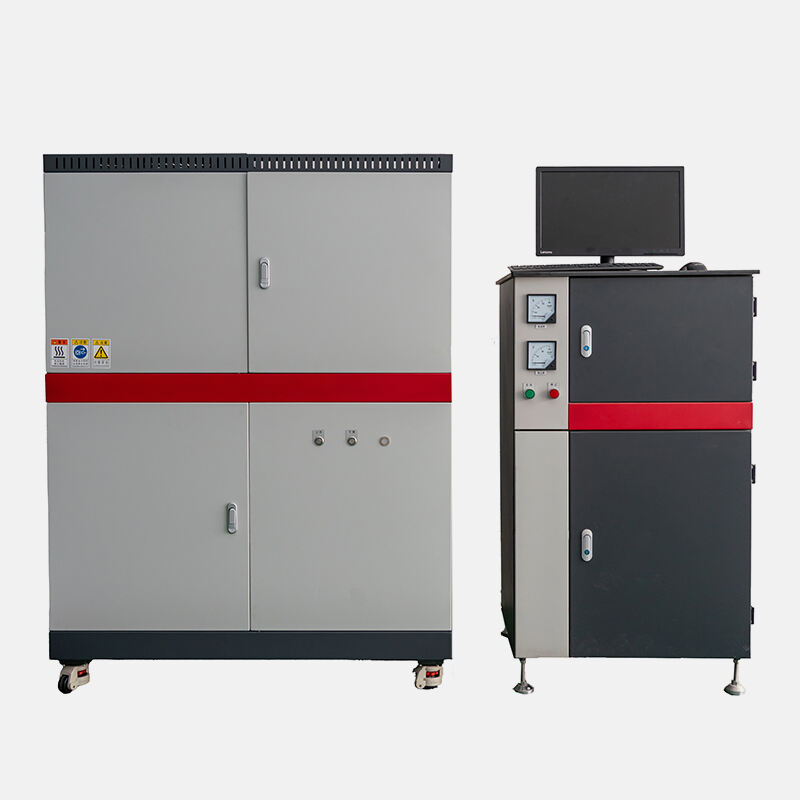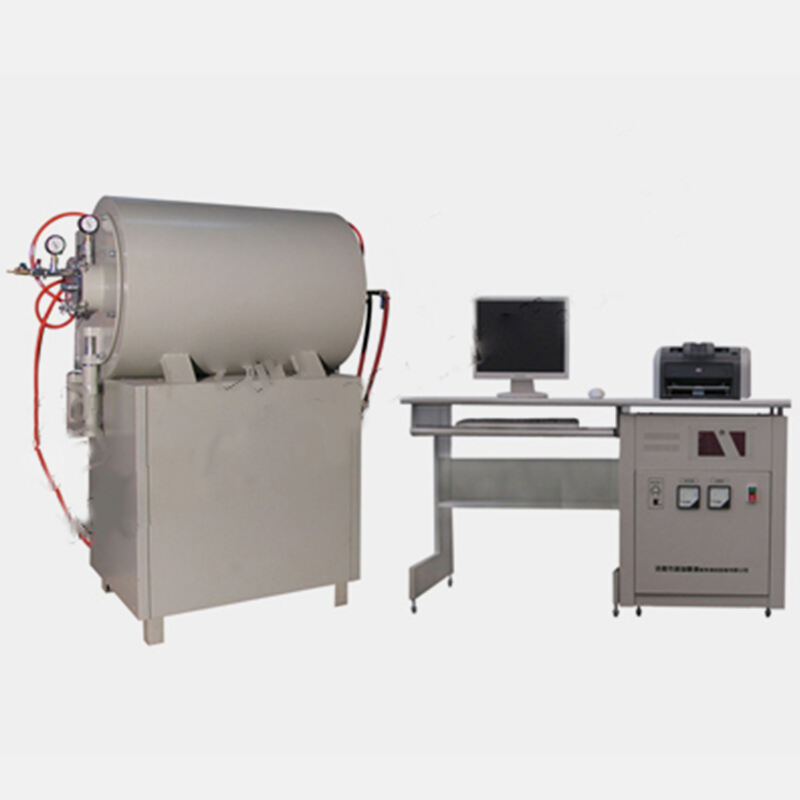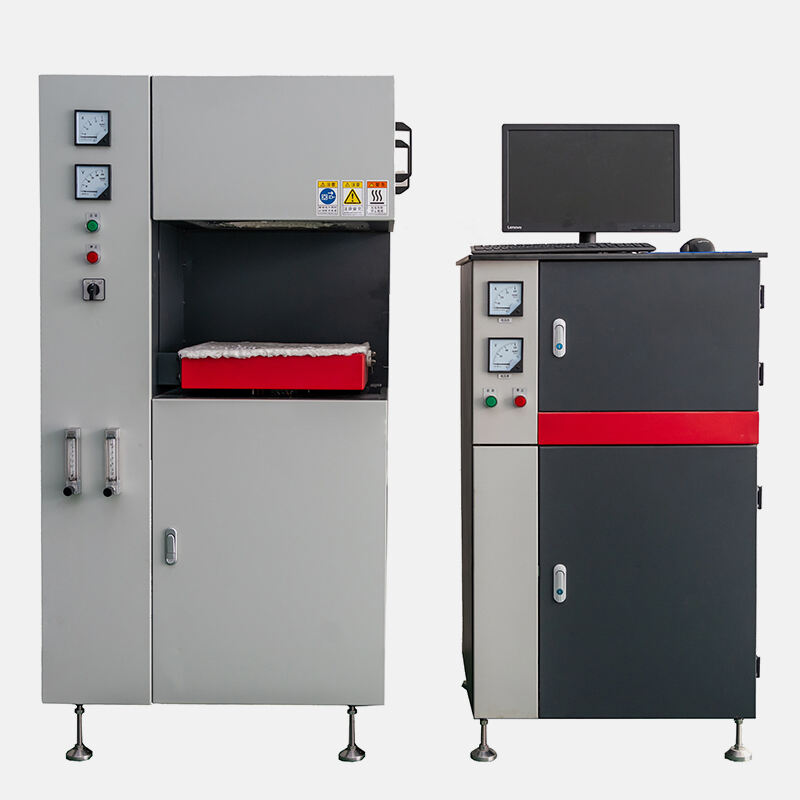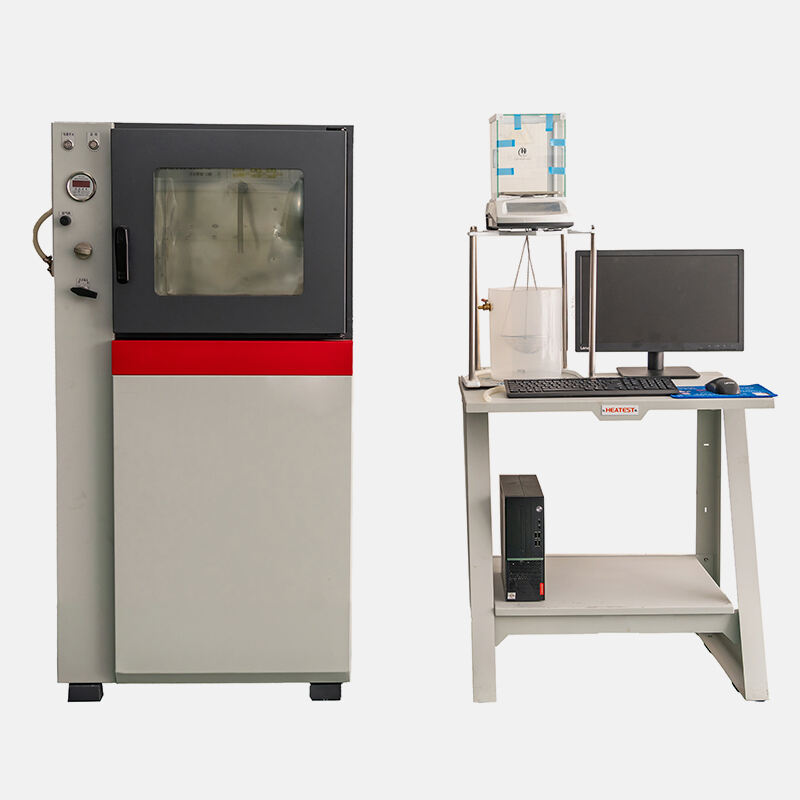High temperature load soft creep tester test material type
The high temperature load softening creep tester is mainly used to test the deformation performance of materials under high temperature and continuous load. The test material types mainly cover the following categories:
1. Refractory products
Including refractory bricks, castables, refractory prefabricated parts and other shaped refractory materials, used to evaluate their load softening temperature and creep performance under high temperature. This type of material is widely used in high-temperature equipment linings in metallurgy, ceramics, glass and other industries
Typical test standards include: GB/T 5073 (compression creep test), GB/T 5989 (load softening temperature determination), etc.
2. Ceramic materials
For example, precision ceramic parts such as ceramic cores and ceramic shells, test their deformation resistance at high temperatures, commonly used in aerospace and precision casting fields
3. Silicate materials
• Such as cement clinker, silicate glass, etc., need to test their stability under high temperature and high pressure environment
4. Amorphous refractory materials
Including amorphous materials such as refractory mud and spray coatings, it is necessary to evaluate their high-temperature performance after construction through load softening creep test
5. Carbon-containing materials
• For carbon-containing refractory materials (such as magnesia carbon bricks), their high-temperature creep performance needs to be tested under a protective atmosphere to prevent oxidation from interfering with the experimental results
6. Composite materials
For example, metal-based composite materials or high-temperature alloys, some models of high-temperature load softening creep testers can be extended to the performance evaluation of such materials
Standard specimen specifications for test materials
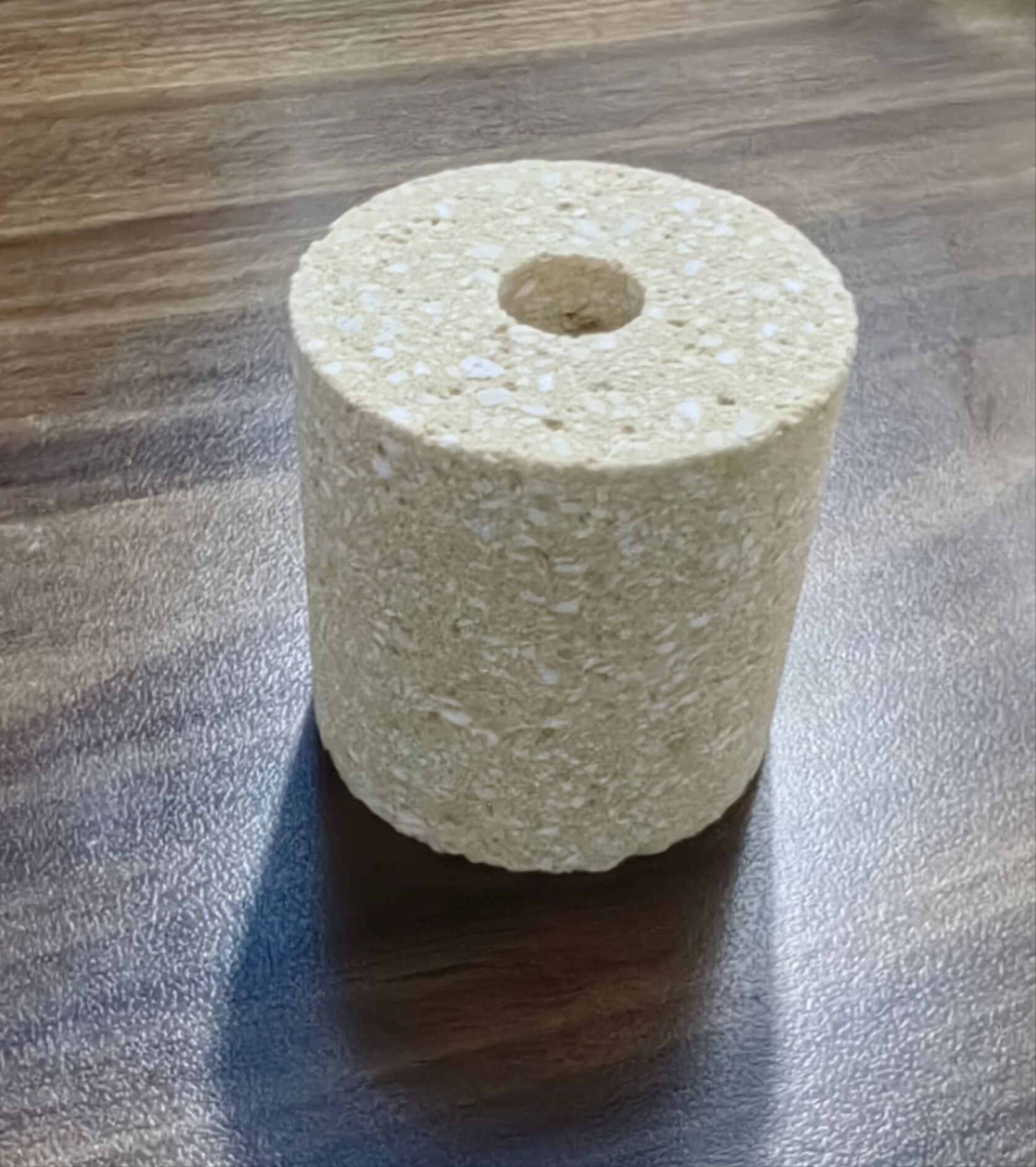
• Common specimen sizes are cylindrical or annular, for example: φ36×50 mm, φ50×50 mm, or φ50×φ12.5×50 mm ring with inner hole
Importance of application areas
By testing the high temperature performance of these materials, industrial kiln design can be optimized, equipment life can be extended, and safety and stability in high temperature environments can be ensured. For example, the load softening temperature of refractory materials directly determines their use limit in high temperature furnaces.
For more detailed material types or test methods, please refer to relevant national standards (such as GB/T 5073, ISO 3187) or technical parameter descriptions of specific instruments
Recommended Products
Hot News
-
From Nanyang to East Africa: China's "Fire Assay" Technology Illuminates the Future of Kenya's Mining Industry—The Launch of the Kyrgyz-Chinese Testing Equipment Container Laboratory
2025-12-30
-
Features of the Gold Test Ash Blowing Furnace
2025-12-22
-
Precisely measuring material "endurance" at high temperatures—Nanyang JZJ Testing Equipment Co., Ltd.'s high-temperature load-bearing creep tester is exported to the United States.
2025-12-17
-
The trusted choice of African mining giants! Nanyang JZJ Testing injects refined "core power" into Zimbabwe's gold mining industry.
2025-12-08
-
Working principle and application range of ambient temperature abrasion tester
2025-11-07
-
The main reagents used in fire assay and their functions
2025-10-13
-
Let you know about fire assay ash blowing furnace
2025-09-23
-
Refractoriness under load (RUL) and creep in compression (CIC) testing machine common troubleshooting
2025-08-25
-
How to use X-ray fluorescence fusion machine in refractory industry?
2025-08-18
-
What materials are suitable for high temperature muffle furnace testing?
2025-08-14

 EN
EN
 AR
AR
 BG
BG
 FR
FR
 DE
DE
 HI
HI
 IT
IT
 PL
PL
 PT
PT
 RU
RU
 ES
ES
 TL
TL
 IW
IW
 ID
ID
 UK
UK
 VI
VI
 TH
TH
 TR
TR
 FA
FA
 MS
MS
 UR
UR
 BN
BN
 KM
KM
 LO
LO
 PA
PA
 MY
MY
 KK
KK

